The Mangrove Action Project have launched their 7th annual Mangrove Photography Awards! The awards illustrate the importance and diversity of life in our mangrove forests. And engage wider audiences in mangrove issues and stories, while inspiring people to take conservation action.
The awards offer a chance for photographers, both amateur and professional, to raise their voices for the protection of these critical and often undervalued ecosystems. And with over half of mangrove forests already gone, mangroves urgently need our help to recover and thrive.
Commenting on the awards, one of last year’s judges, Cristina Mittermeier (an award-winning photographer herself) said, “Through impactful imagery and visual storytelling, we can rally people to action, sparking empathy and connection to our natural world.”
This year, judges and ambassadors include world renowned photographers and conservationists; Robert Irwin, Dhritiman Mukherjee, Charlie Hamilton James, Octavio Aburto, Christian Ziegler, Daisy Gillardini and Mac Stone.
Do you have a photograph that has the power to raise the profile of mangroves and inspire conservation action? If yes, then submit your image by 17 July by clicking here. Entries are welcome from both amateur and professional photographers, in any age group.
Get inspired!
There are so many interesting and surprising stories within mangrove forests. Here we take a look at a few, found within previous years’ awards categories.
Mangroves & Landscape

Mangroves from the air in Madagascar. Photo credits: Christopher Scarffe
Mangrove forests show incredible diversity across different countries and even regions. In Mexico, there are mangroves in various regions of the country. Each of these regions contain their own unique beauty, ecosystems, and habitats. For example, the red mangrove (Rhizophora mangle), grows up to 3 metres high in the tropical region, while the same species grows up to 40 metres high in the Pacific region.
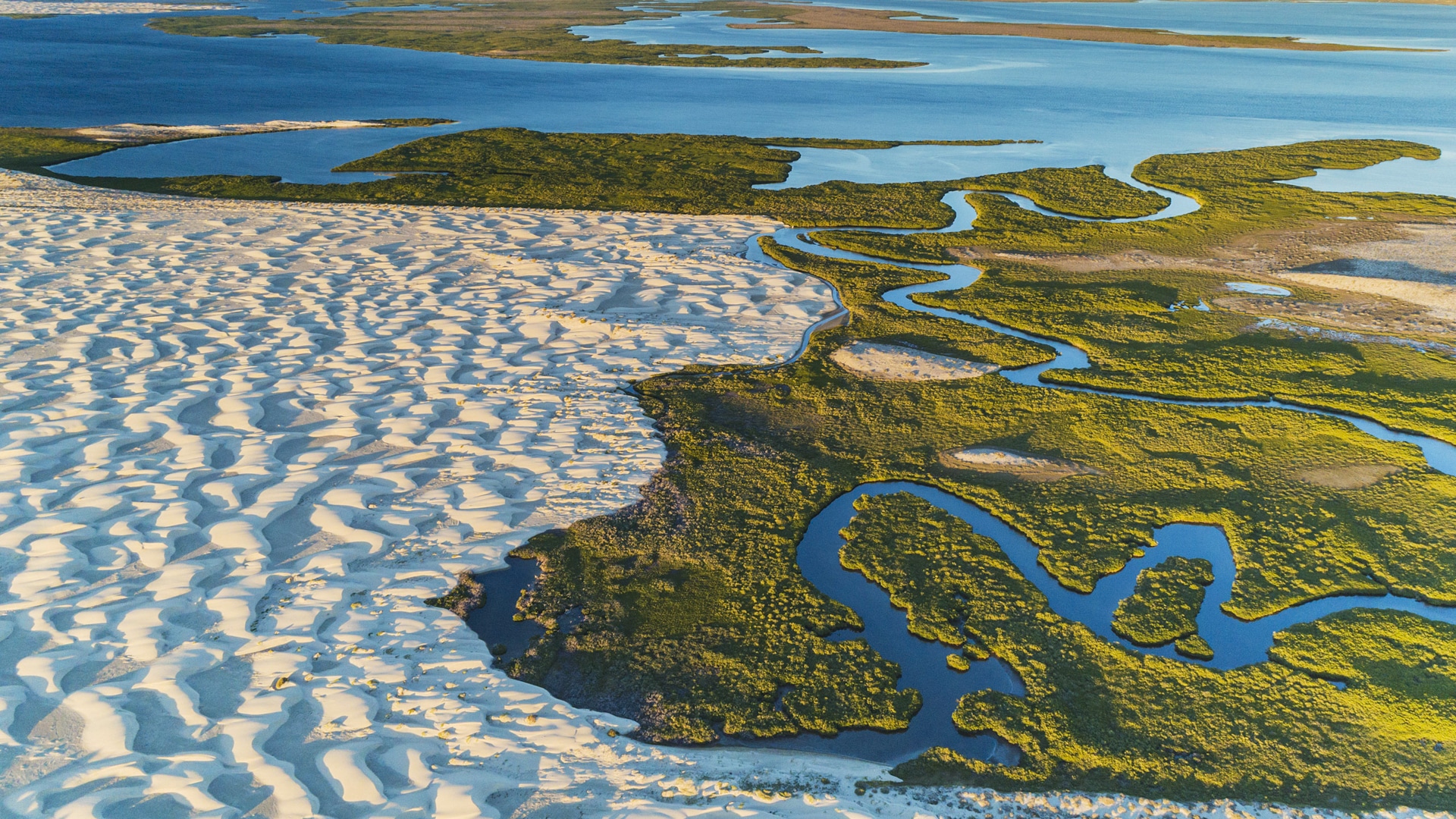
Mangroves and Sand Dunes in the Gulf of California. Photo credits: Octavio Aburto
Read about the diversity of Mexico’s mangroves
Mangroves & Wildlife
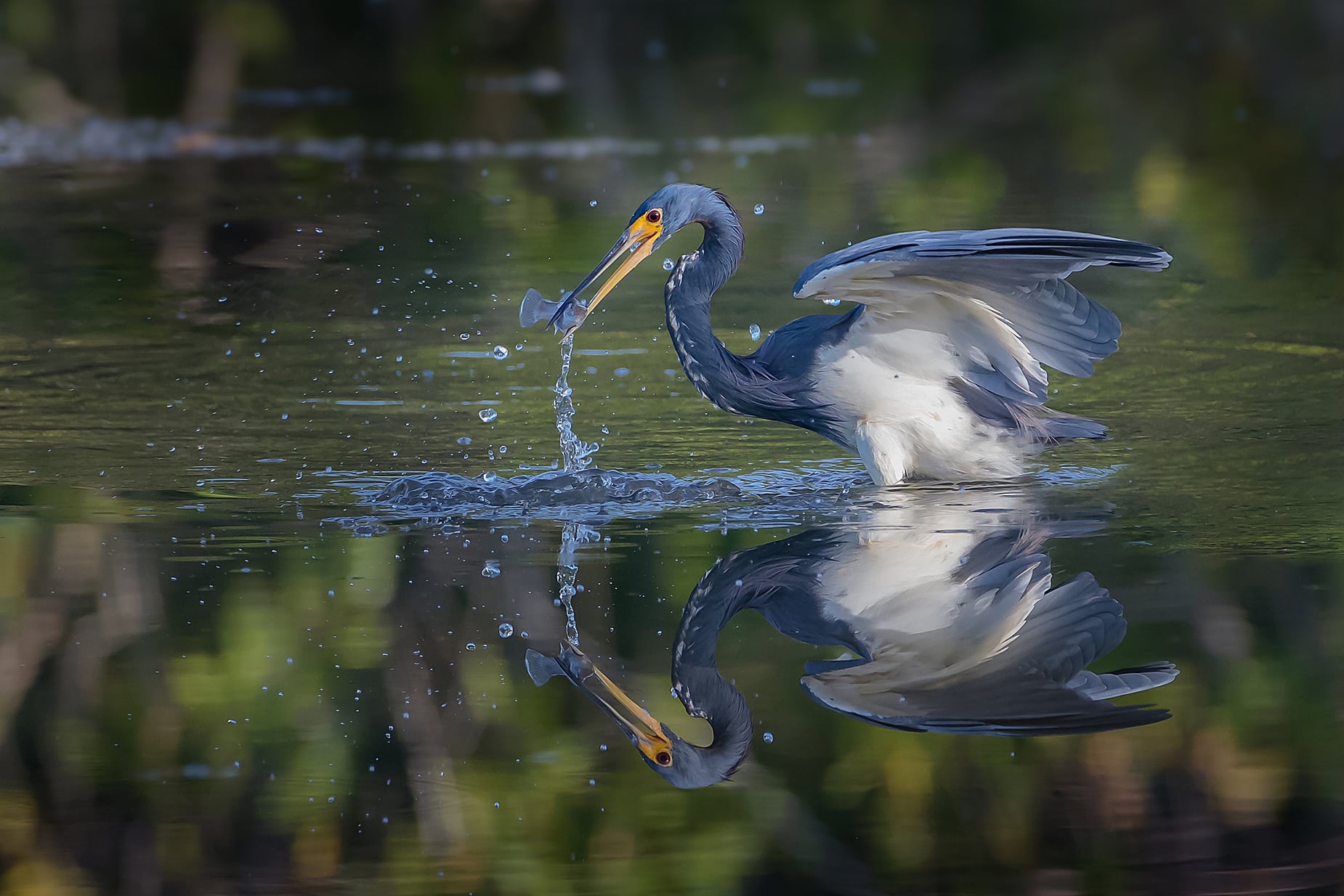
Tricoloured Heron fishing in Trinidad Tobago: Photo credits Rishi Goordial
Mangroves are a crucial link between land and sea, providing a unique habitat that is crucial for many species. Last year’s winning photo (Once Again Being a Mother) showed a relationship few people have ever seen. The image of a female jaguar (called Janis) in an intimate moment with one of her cubs. Under the cover of the mangrove canopies, jaguars here have developed a unique diet. They feed on a wide variety of prey, from crabs and turtles to birds and even crocodiles. Sadly, Janis was killed after being hit by a car on a road close to her territory, illustrating the need for tighter protection to continue to preserve these animals.
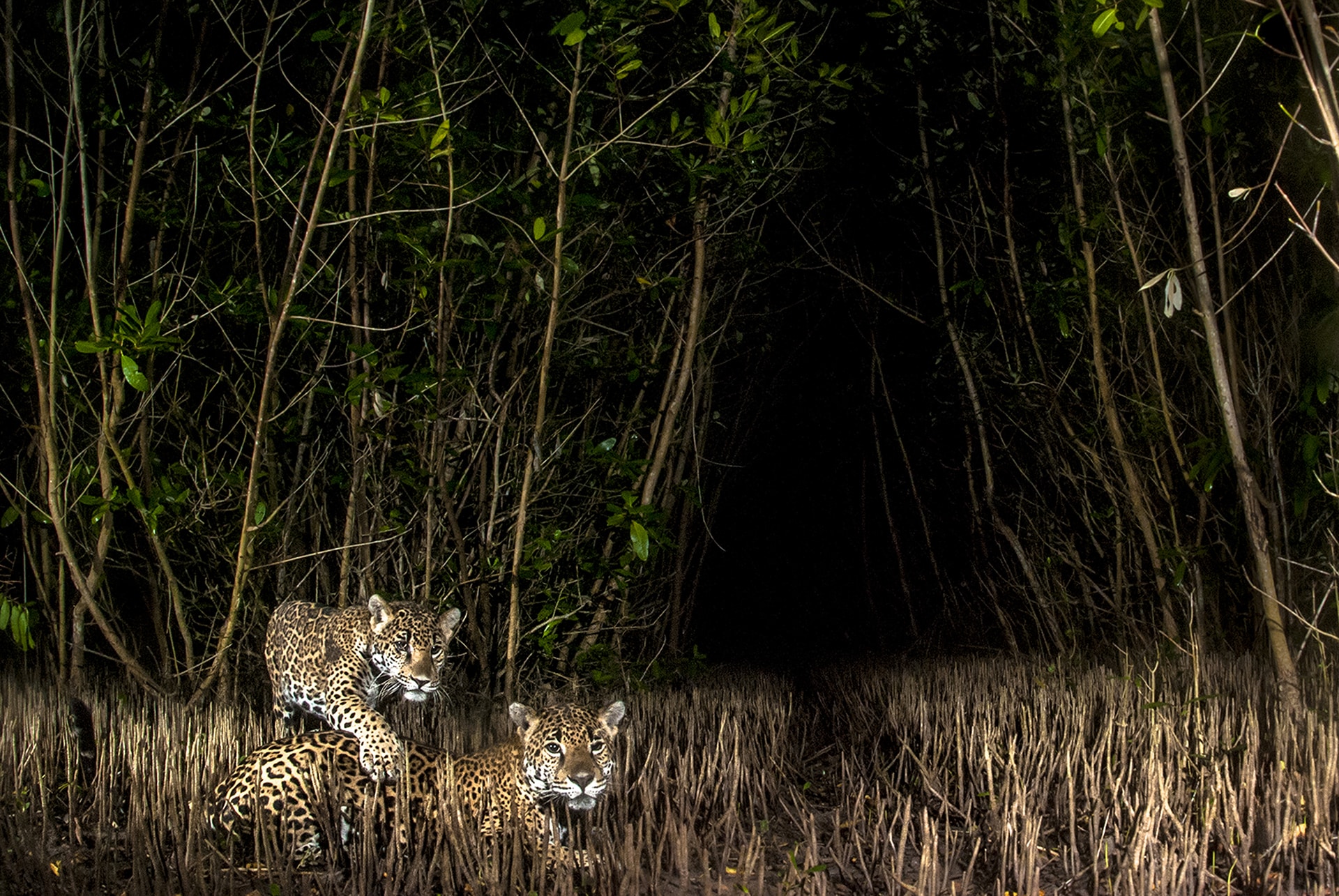
Last year’s winning photo of Janis, the jaguar. Picture credits: Victor Hugo Luja Molina
Read the story behind last year’s winning image
Mangroves & Threats
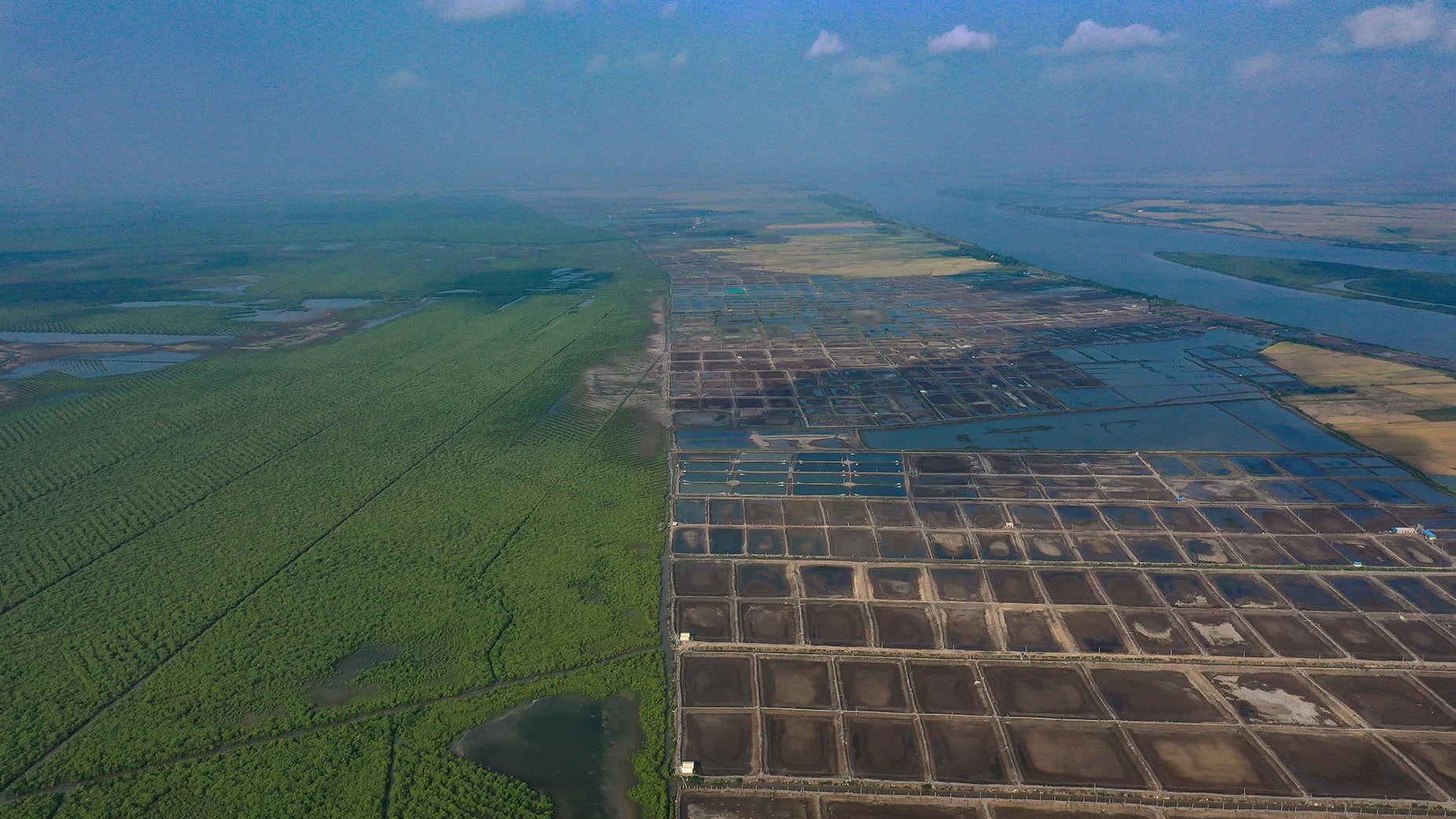
Destructive activity towards mangroves in India: Photo credits Srikanth Mannepuri
The global demand for cheap shrimp is fuelling much of the destructive activity towards mangroves. In the past, industrial shrimp farming had posed one of the greatest threats to mangrove forests and caused over 35 percent of its loss. But the good news is that shrimp farming is slowly becoming more sustainable.
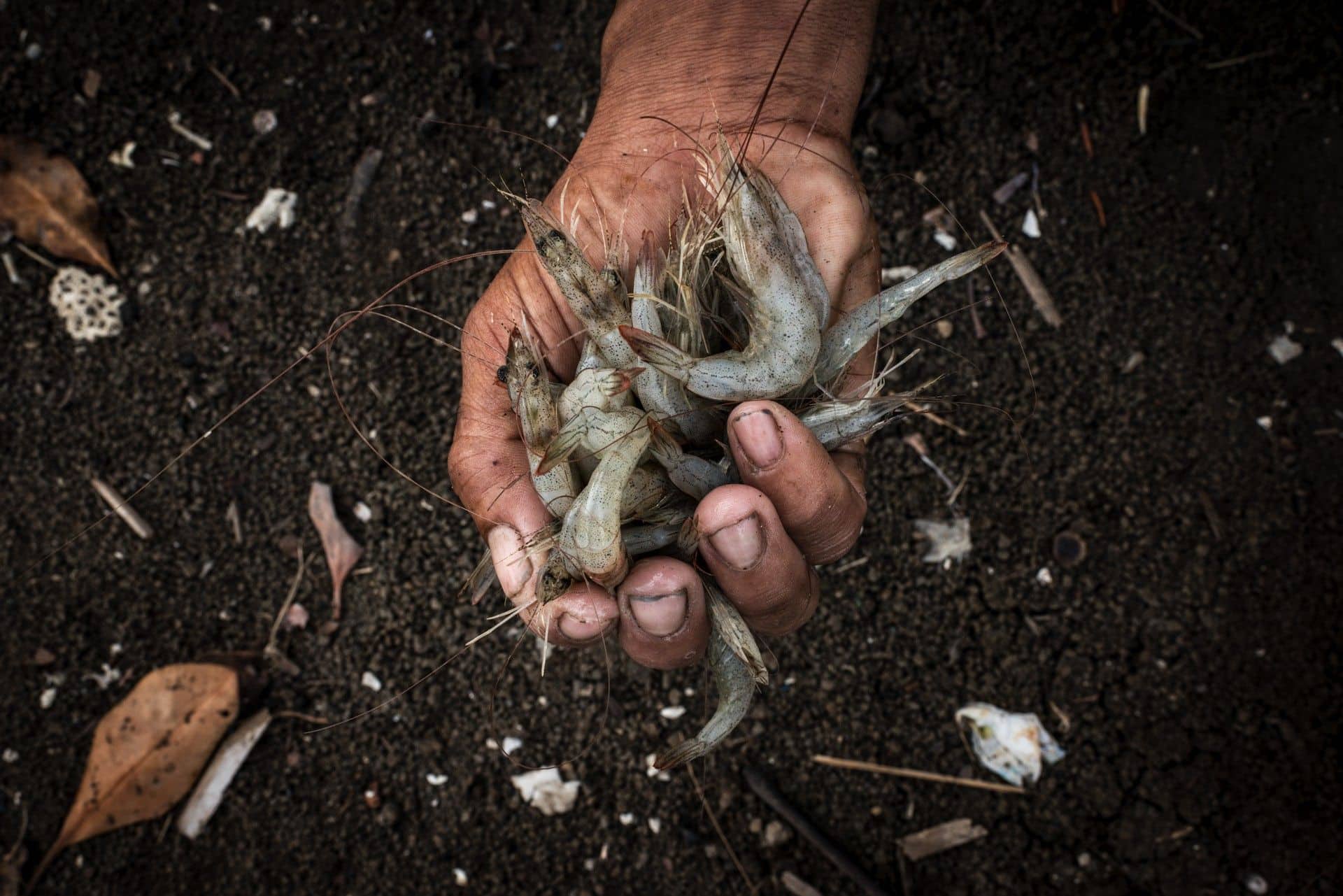
A fistful of shrimp in Indonesia: Photo credits Elisabetta Zavoli
Read about the Vanishing Villages of Indonesia
Mangroves & People
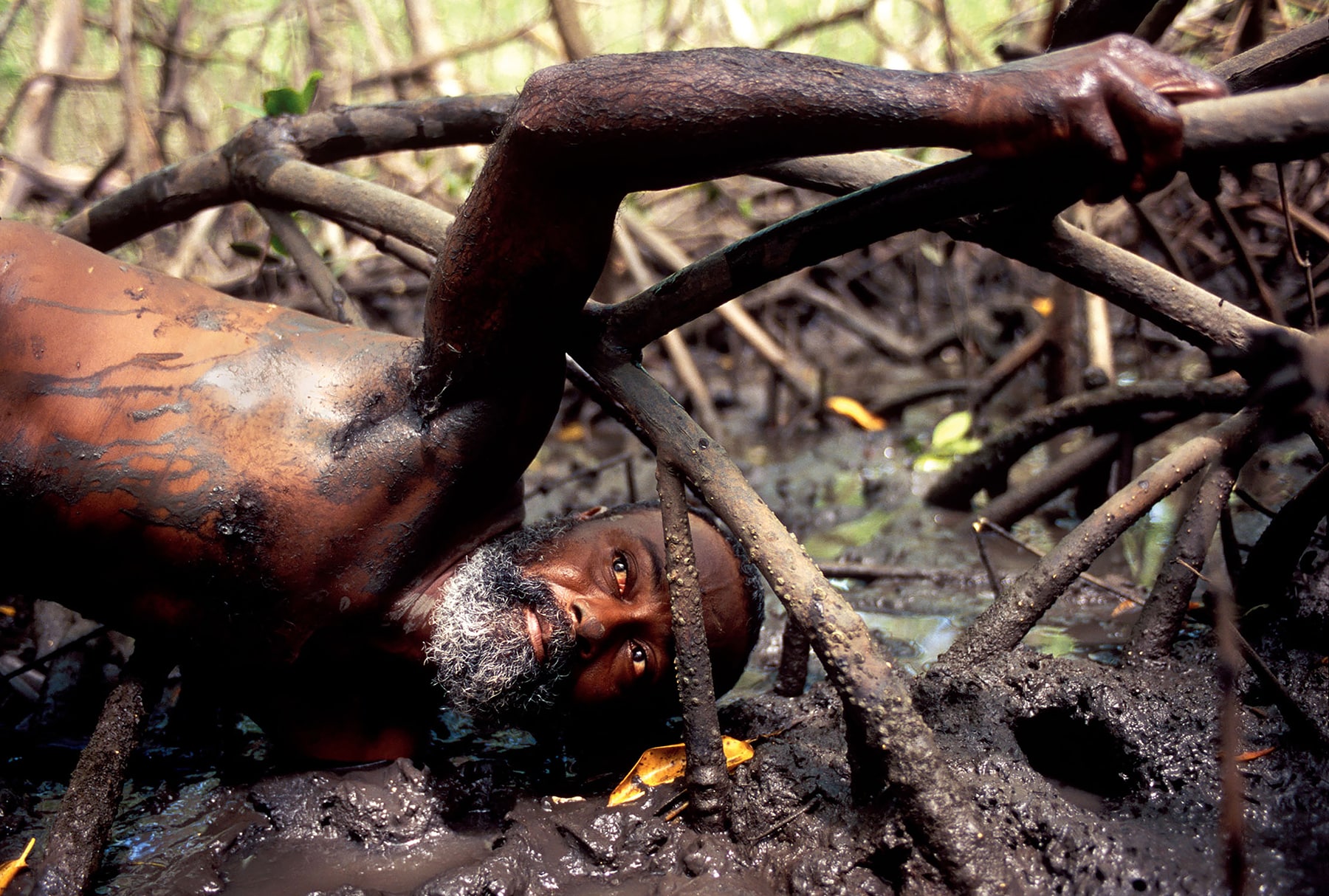
Mangrove crab fishing in Brazil: Photo credits Enrico Marone
In 1998, El Salvador was still suffering from 17-years of political turmoil and civil war, when the second deadliest Atlantic hurricane on record, Hurricane Mitch, nearly wiped out the remaining mangroves on its southern coast. A community alliance group came together and connected the areas of damaged mangroves to the sea, by rebuilding canals and natural waterways to restore water flow. As the tides rise, they carry mangrove seeds through the newly created canals and trenches. Compared to other planting efforts, this ‘natural regeneration’ is more effective resulting in a more biodiverse, resilient, and productive mangrove forest.
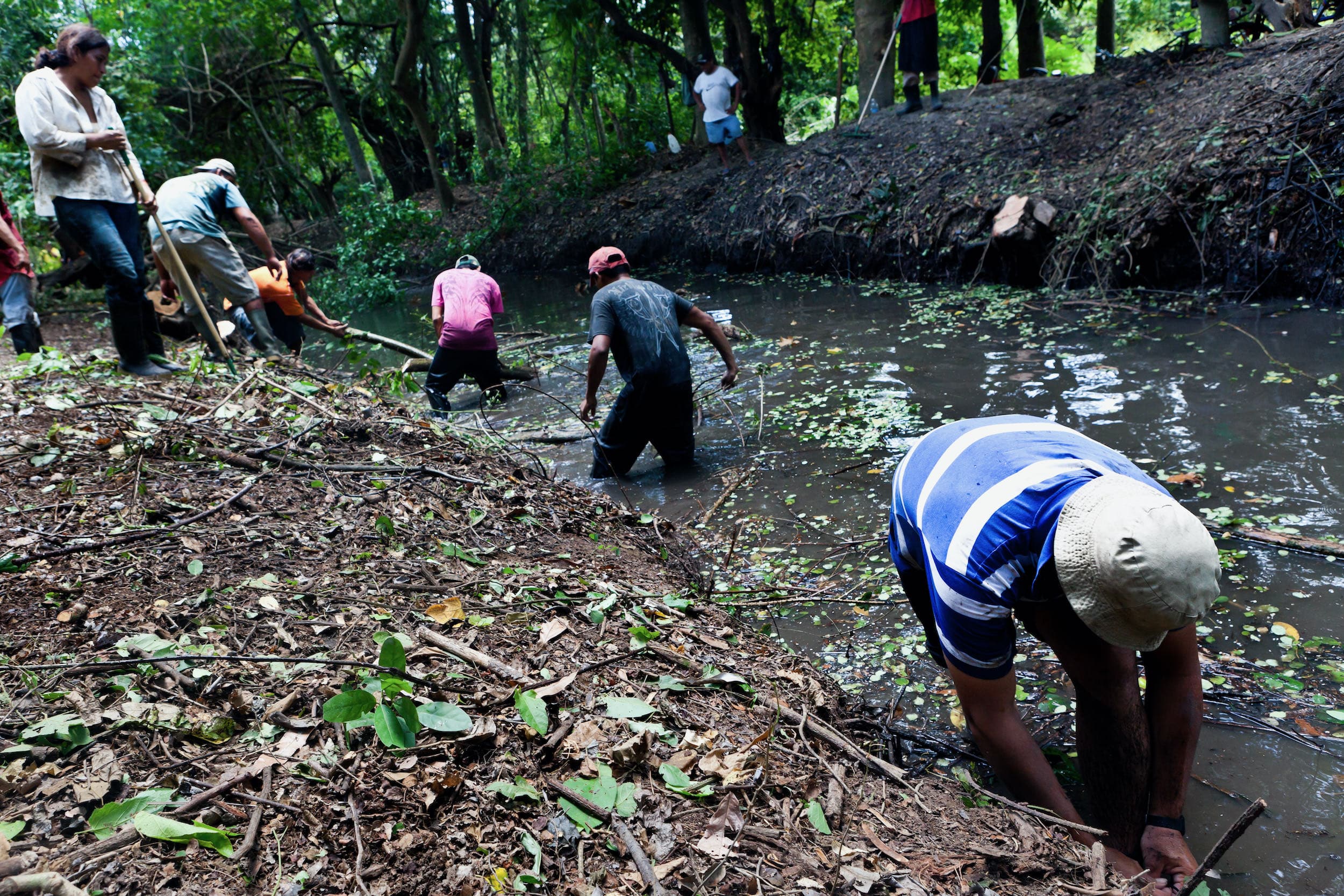
Restoring mangroves through community channel digging in El Salvado: Photo credit Diego Vivanco
Read about the Community-led Mangrove Restoration in El Salvador
Mangroves & Underwater

Stunning soft coral in mangrove forest in Raja Ampat, Indonesia: Photo credits Jenny Stock
Mangroves tend to be areas where muddy sediments accumulate and are characterised by murky waters. But in a few special places like the Bahamas, the crystal-clear waters during high tide give perfect conditions for exploring this unique underwater world and its mysterious inhabitants such as lemon sharks. And after 30 years of being studied, these are probably the best understood sharks in the world. For example, we now know that mature females return to the same mangrove nursery that they were born in to have their own young.
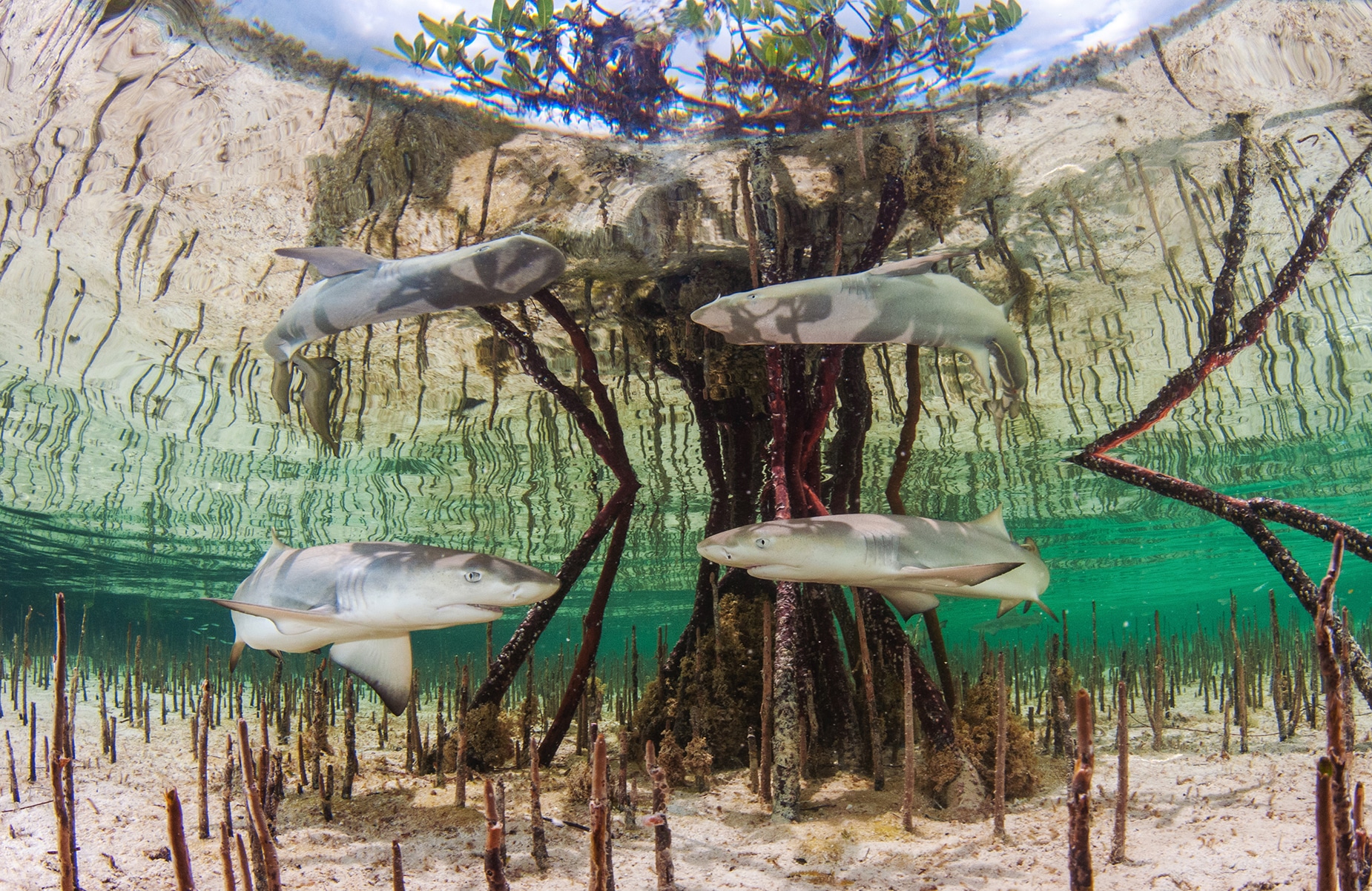
Lemon pups swimming in mangroves in the Bahamas: Photo credits Anita Kainrath
Read more about the lemon sharks of Bimini
Mangroves & Youth
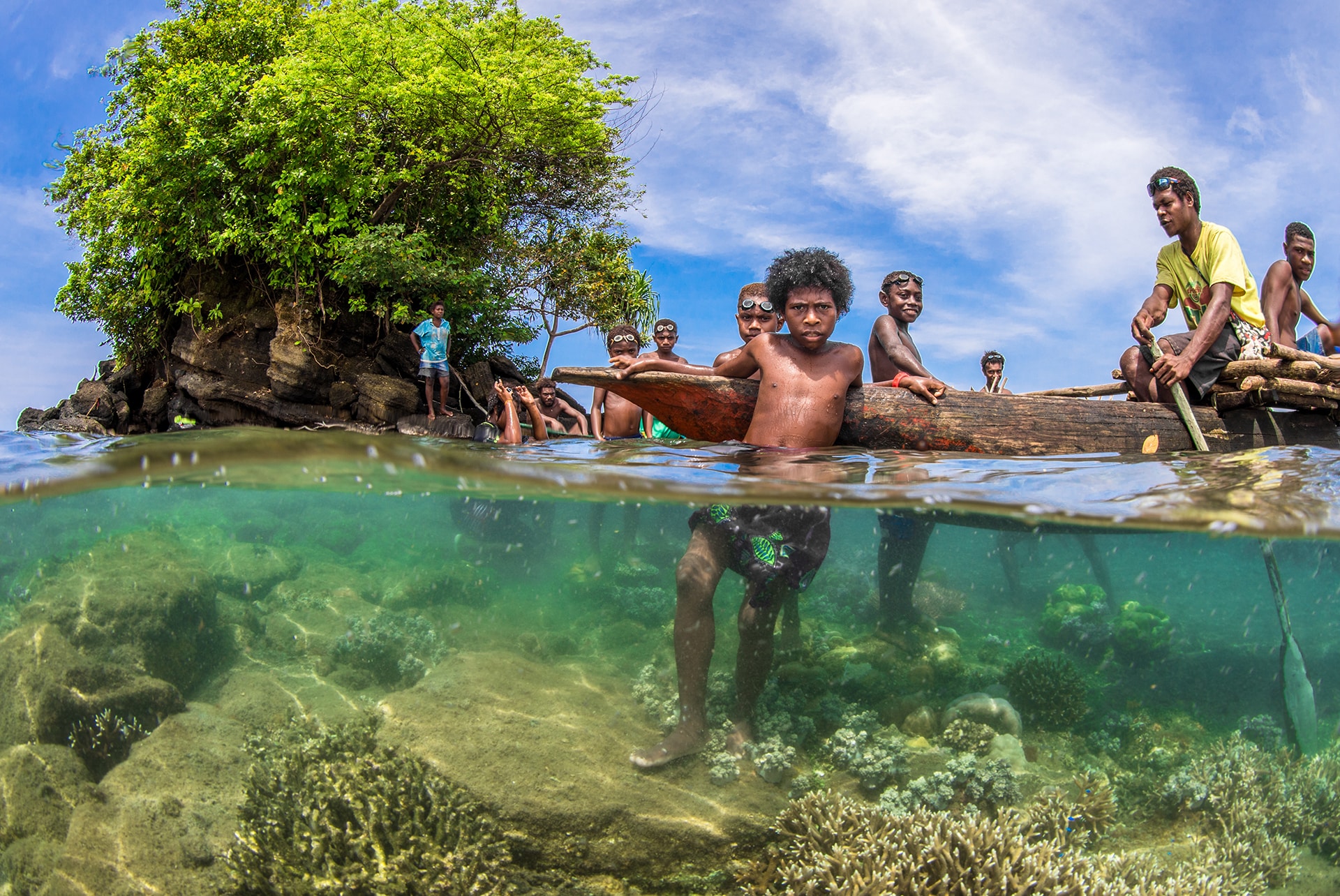
Coastal community in Papua New Guinea: Photo credits Morgan Bennett Smith
Connecting children to our natural world is vital for our health, and the health of our planet. In the Cayman Islands, a Mangrove Rangers program has been established to protect the Islands’ remaining mangrove forests. The program trains young Caymanians to protect the mangroves and helps create an environmentally sound future for the islands. And after learning all things mangroves, the rangers work to educate and enable students, teachers, and local communities to understand the importance of these incredible ecosystems.

Mangrove rangers in the Cayman Islands: Photo credits Cayman Compass
Read about the Cayman Mangrove Rangers
Inspired? Then enter this year’s Mangrove Photography Awards today!

